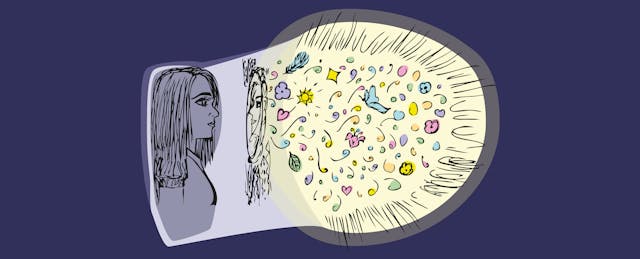When I first entered the classroom in 2011 and was conducting research for my graduate thesis, I chose to create a project that would help develop my students’ social and emotional learning (SEL). I originally had the idea of creating lessons around student problem-solving strategies using “I Messages,” which were phrased as: “I feel ____ when you ____, next time please ____.”
The sentence structure was simple enough, yet I hit a wall when nearly every student began the sentence with, “I feel bad.” When someone says they feel “bad,” it’s important to dig for more information. Does the person feel angry, frustrated, disappointed or anxious? Each word has its own nuance, and its own set of strategies as a remedy. My research then pivoted to helping my students define and identify the subtle differences between emotions, and how to choose a word that appropriately describes how they’re feeling.
In 2011, there was little research on SEL, and very slim pickings if a school hoped to adopt an SEL curriculum. However, this past year I had the privilege of meeting with educators from schools and districts from around the country, and it has been extremely heartening to hear teachers, principals and superintendents speak passionately about supporting students’ emotional intelligence. There appears to be increased agreement in both progressive and conservative districts that schools bear some responsibility for educating students holistically, rather than confining learning opportunities to traditional academics.
With an increased interest in social-emotional learning, comes the need for teachers, administrators, and staff to be trained in culturally responsive practices. When schools discuss the importance of teaching students to “self manage” their emotions, are we taking student trauma into account? Is it reasonable and empathetic to expect students who are living in heightened states of stress every day to “self regulate” their emotions as consistently as students who live in neighborhoods and households free from physical and emotional violence and trauma? Do we take student cultures, backgrounds, and experiences into account when defining what respect looks like? Are we identifying students with high SEL development as children who are truly showing signs of high emotional intelligence, or are they merely compliant?
When I look towards 2019, I hope to see not only continued focus and development of students’ social-emotional learning, but also for teachers and staff members to seek out their own educational development surrounding their own identities and beliefs. I hope that schools and districts recognize the importance of the education of adults who work with students in our diverse and rapidly changing communities. Are white teachers who work in communities occupied by BIPOC (Black, indigenous, people of color) given the time and space to unpack their positionalities and biases? Are educators being trained to identify student trauma, rather than quickly label these children (particularly our Black and Brown boys and girls) “disruptive” and assign them an ADHD label?
Cultural sensitivity and teaching that reflects our diverse student experiences may be on the rise, but with it comes heightened responsibility of educators to meet our students with mutual respect, love, and understanding.


